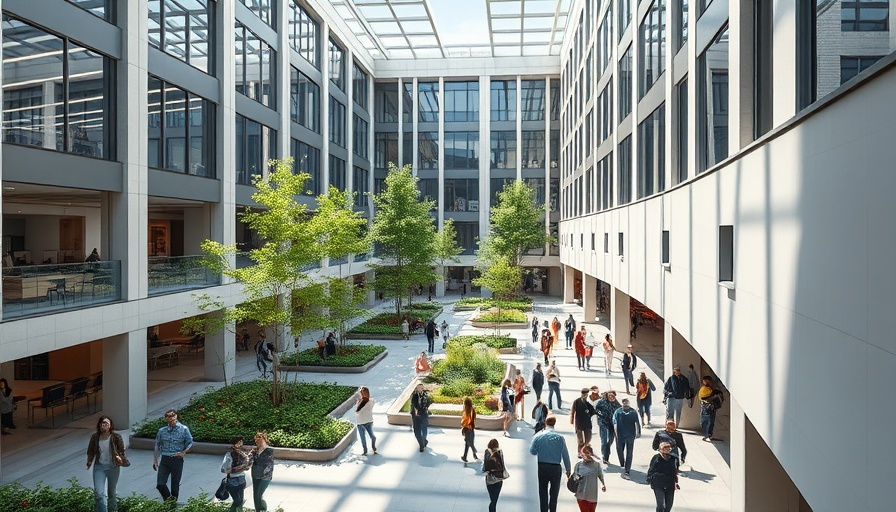
Texas Municipal League's Potential HQ Move: What's at Stake?
The Texas Municipal League (TML), a significant voice for municipal governments in Texas, is making waves with discussions about relocating its headquarters. As the local economy evolves and cities grow, TML is considering four prospective sites, including a historic property in Georgetown. This potential move is not just about changing addresses; it encapsulates the organization's ambitions and responses to the dynamic landscape of Texas municipalities.
Historic Property: A Symbol of Change
The Georgetown property stands out, not just for its location but for its historical significance. The TML sees the potential for a vibrant headquarters that could revitalize the area. However, complications arise as the current owner of the property may have alternative development plans in mind, including the construction of condominiums. This raises questions about urban development and its implications for community spaces versus private profit in rapidly growing regions.
The Importance of Location: Understanding Local Dynamics
Choosing a new headquarters isn't only about real estate; it's about strategically positioning the TML to better serve its members. With the population of Williamson County on the rise, a centralized location could enhance accessibility for municipal leaders from across the region. This move could reflect a trend where organizations align themselves more closely with growth hotspots, enabling better partnerships and engagement.
Current Events: A Landscape of Rapid Growth
With the Williamson County Growth Summit scheduled for December 18, 2025, the discussions surrounding TML’s potential move are timely. The summit will showcase ongoing developments, such as the planned industrial park and mixed-use hubs, further underscoring the area's transition. As TML contemplates its future, it aligns itself with a vibrant network of growth and innovation unfolding in Central Texas.
Looking Ahead: Predictions for the TML HQ Move
As the TML weighs its options, several outcomes could emerge from this pivotal decision. Should they proceed with the Georgetown property, it could set a precedent for urban redevelopment efforts in historic areas. Conversely, if other sites are chosen, it will reveal the TML's adaptability in addressing the needs of Texas municipalities amidst evolving urban landscapes. The implications of this move extend beyond TML's internal design; they represent a broader narrative of growth and the ethical responsibilities tied to urban development.
Community Engagement: The Role of Local Perspectives
For local residents, TML's decision is significant. As the league shapes policies that directly impact city governance, the headquarters location can symbolize its commitment to community involvement. Advocating for transparency and engagement can enhance public trust and collaboration. The resulting conversations about urban growth, historical preservation, and community needs serve as important reminders that local governments must navigate these waters diligently.
As TML navigates this critical transition, stakeholders and the public alike should keep a watchful eye on developments. Engaging with local offices, attending upcoming conferences like the Williamson County Growth Summit, and voicing opinions can play a pivotal role in shaping how this decision unfolds.
In the fast-paced environment of Texas growth, the future of the Texas Municipal League's headquarters will undoubtedly resonate through its communities. Each stakeholder, from municipal leaders to local residents, has a vested interest in ensuring the organization’s HQ serves as a beacon of collaboration and progress.
 Add Element
Add Element  Add Row
Add Row 



Write A Comment